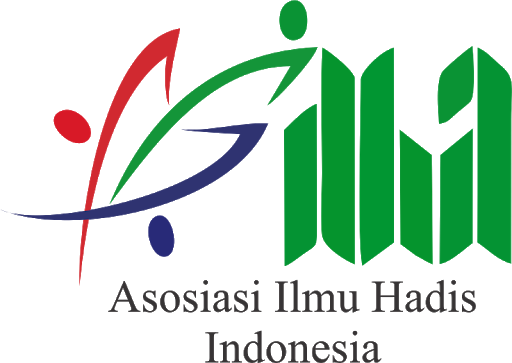Kajian Hadis mengenai Masjid Ramah Perkembangan Anak
DOI:
https://doi.org/10.14421/livinghadis.2018.1697Keywords:
hadis, anak, masjid ramah anakAbstract
In Islam, salat becomes one of the rituals that must be done by every individual. To be able to carry out continuously, discipline lead individuals. Ideally, the habit of praying has been done since the early age,therefore, parents often invite their children to perform prayers together in order to teach them a habituation. Obstacles felt by parents when they ask to pray in a congregation in the mosque, where children mostly active and rowdy,they may disrupt the concentration of other worshipers.Such places then "banned", either directly or indirectly, small children joining the congregational prayers in the mosque. This raises the emergence of child-friendly mosque, some muslims hold room for children to love the mosque.It is necessary to trace the source of reference to this issue. Based on the search, there are some traditions that show the participation of children in the congregational prayers in the mosque. Based on the analysis of sanad and matan hadis intended, it can be concluded that the Prophet ever allowed children to participate in the congregational prayers in the mosque. While in psychology's view, habituation as a child affects the later adulthood. Since violence in children - both physical and verbal - in reproving a child, when doing noisy in the mosque,may affects a bad impact in the long run, it better to be outlawed. As a result of this consciousness, some places have provided space for children to be able to perform activities in the mosque.
 Abstract viewed: 903 times
|
Abstract viewed: 903 times
|
 PDF downloaded = 953 times
PDF downloaded = 953 times
References
Ali Imron. (2012). Re-interpretasi Hadis Tarbawi tentang Kebolehan Memukul Anak Didik. Jurnal Pendidikan Islam, I Nomor 2, 141–157.
Ari Saputra. (2017). Eksistensi Masjid dalam Dialektika Pusat Pengembangan Masyarakat dan Kawasan Niaga: Studi di Masjid Muttaqien Yogyakarta. The Indonesian Journal of Public Administration, 3, Nomor 1.
Ibnu Hajar Al Asqalani. (2007). Fathul Baari: Penjelasan Kitab Shahih Al Bukhari (Vol. 4). Jakarta: Pustaka Azzam.
Ibnu Hajar Al Asqalani. (2009). Fathul Baari, Penjelasan Kitab: Shahih Bukhari. (Amiruddin, Penerj.) (Vol. 3). Jakarta: Pustaka Azzam.
Nurul Huda. (2008). Kekerasan Terhadap Anak dan Masalah Sosial Yang Kronis. Pena Justisia, VII No.14, 82–96.
Saifuddin Zuhri Qudsy. (2013). Umar bin Abdul Aziz dan Semangat Penulisan Hadis. ESENSIA, XIV, No. 2, 257–276.
Suryadi, & Muhammad Alfatih Suryadilaga. (2012). Metode Penelitian Hadis. (Muhammad Alfatih Suryadilaga, Ed.). Yogyakarta: TH-Press.
Suyadi. (t.t.). Logoterapi, Sebuah Upaya Pengembangan Spiritualitas dan Makna Hidup dalam Perspektif Psikologi Pendidikan Islam, I, Nomor 2, 267–280.
Downloads
Published
Issue
Section
License
- Authors who publish with this journal agree to the following terms:
- Authors retain copyright and grant the journal right of first publication with the work simultaneously licensed under a Creative Commons Attribution License that allows others to share the work with an acknowledgement of the work's authorship and initial publication in this journal.
- Authors are able to enter into separate, additional contractual arrangements for the non-exclusive distribution of the journal's published version of the work (e.g., post it to an institutional repository or publish it in a book), with an acknowledgement of its initial publication in this journal.
- Authors are permitted and encouraged to post their work online (e.g., in institutional repositories or on their website) prior to and during the submission process, as it can lead to productive exchanges, as well as earlier and greater citation of published work.
















